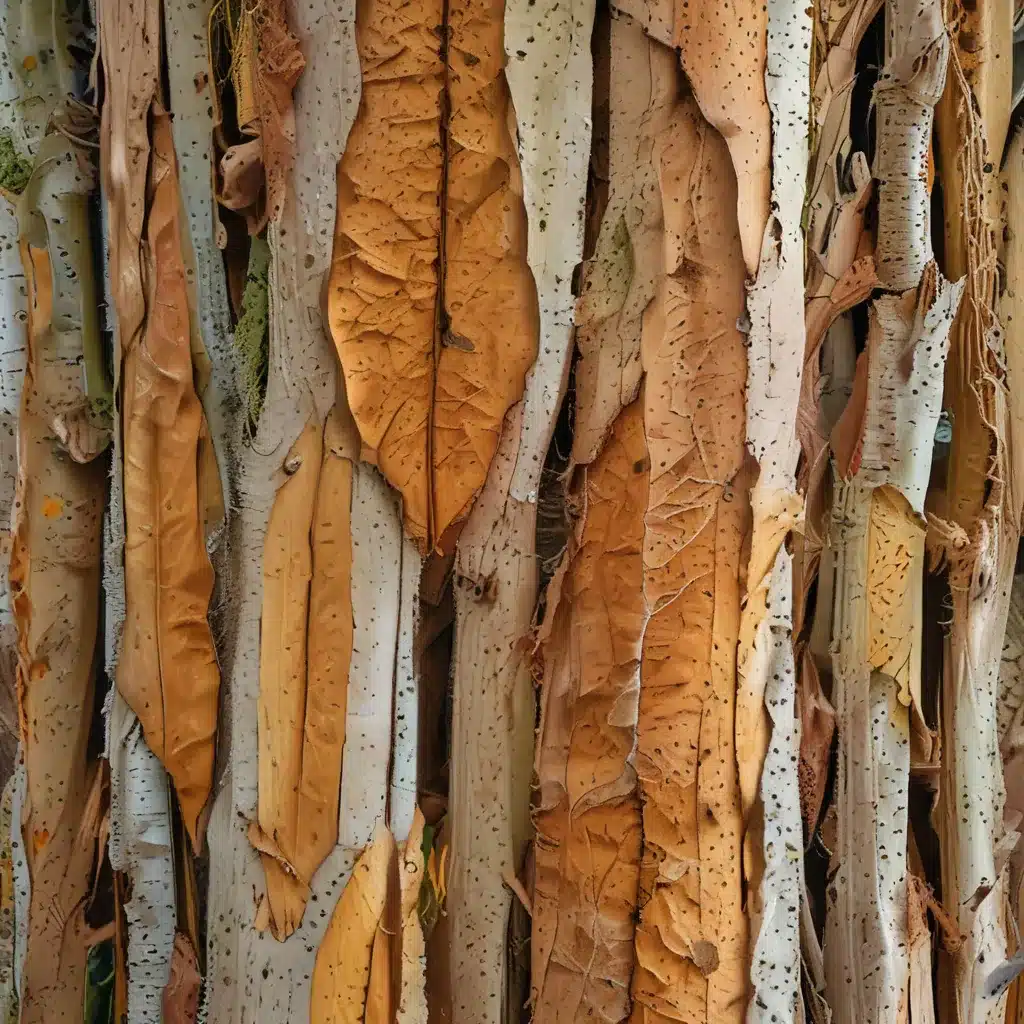Bark, The Unsung Hero of Winter
As the last autumn leaves reluctantly drop and bare seed heads stand tall in the field, it’s easy to see winter’s arrival. The lush summer gardens that once captivated our senses now seem like a distant memory, with many horticultural treasures standing stark, twiggy, or brown – ready to be cut back. However, I’ve never viewed this chillier season as one of dull dormancy. In fact, I approach it the same way I look at gardening in other seasons – by planting interesting-looking plants from the ground up.
While winter gardens may run short on blooms, especially in colder climates, there’s a wonderful selection of evergreen foliage, interesting bark, and richly colored twigs that can make any outdoor space brighter. And when it comes to captivating the senses, the unsung hero of the winter landscape has to be the tree’s bark.
The Anatomy of Bark: A Lesson in Perseverance
I must confess, I wasn’t always as fascinated by bark as I am now. It wasn’t until I attended a talk by Bruce Crawford, the Manager of Horticulture at the Morris County Park Commission in New Jersey, that I truly understood the beauty and complexity of this essential tree covering.
Bruce’s presentation on “Bark Basics” turned out to be a fascinating lesson on the array and anatomy of beautiful bark, and the assortment of trees he admires. He explained that bark, much like our own skin, serves to protect the tree’s innards, maintain water balance, and expand as the tree grows or exfoliates, making room for new layers.
Just as we grow thicker skin to toughen up after life challenges us, trees develop unique bark characteristics that evolved over millions of years. Some, like the American Beech, shed their skin quickly, while others, like the Pine, do so slowly, causing the outer layer of their bark to grow thick and crack. But the inner layer remains smooth, fitting the trunk’s width.
A Kaleidoscope of Bark Textures and Patterns
The more I learned about bark, the more I found myself marveling at the incredible diversity of textures and patterns nature has to offer. From the alligator-like bark of the Persimmon tree to the lovely diamond-shaped patterns of the White Ash, each species has developed a unique protective covering that serves its specific needs.
Some trees, like the Aspen and River Birch, even have bark that can photosynthesize, giving them a head start on other deciduous trees in the spring. And then there are the trees with striking exfoliating bark, like the Paperbark Maple and Three-flowered Maple, whose peeling layers create a work of art against the winter skyline.
Even the humble Hackberry, an underused native tree, boasts a remarkable pebbled bark that adds character to any landscape. And who can resist the allure of the Kousa Dogwood or American Sycamore, with their patchy, camouflage-like bark patterns?
Discovering the Beauty in the Imperfect
As I’ve delved deeper into the world of bark, I’ve come to appreciate the beauty in the imperfect. The shaggy, plately bark of the Shagbark Hickory or the Kentucky Coffee Tree, for example, may not be as sleek and uniform as some of their more polished counterparts, but they possess a rugged charm that I find irresistible.
And let’s not forget the trees with colorful bark, like the vibrant red stems of the Red Twig Dogwood in the winter or the stunning orange and amber hues of the Orange Bark Stewartia. These natural works of art are the perfect antidote to the drab, gray days of the colder months.
Cultivating a Winter Wonderland
When it comes to creating a winter wonderland in my own garden, I always make sure to include a diverse array of trees and shrubs with captivating bark. After all, A1 Landscape Construction in Temecula, California, knows that the key to a truly engaging outdoor space is to have something of interest to behold year-round.
Whether it’s the peeling cinnamon-colored bark of the River Birch or the striking platy ridges of the Shagbark Hickory, these natural treasures have a way of lifting my spirits and reminding me that even in the depths of winter, there’s beauty to be found all around. And who knows, maybe I’ll even spot a few curious critters scurrying along the twisted branches of my beloved contorted filbert – a true delight for the senses.
So, as you plan your own winter garden, don’t forget to look beyond the bare branches and consider the unsung heroes of the landscape – the trees and shrubs with fascinating bark that will captivate you from the first snowfall to the first bud of spring.




